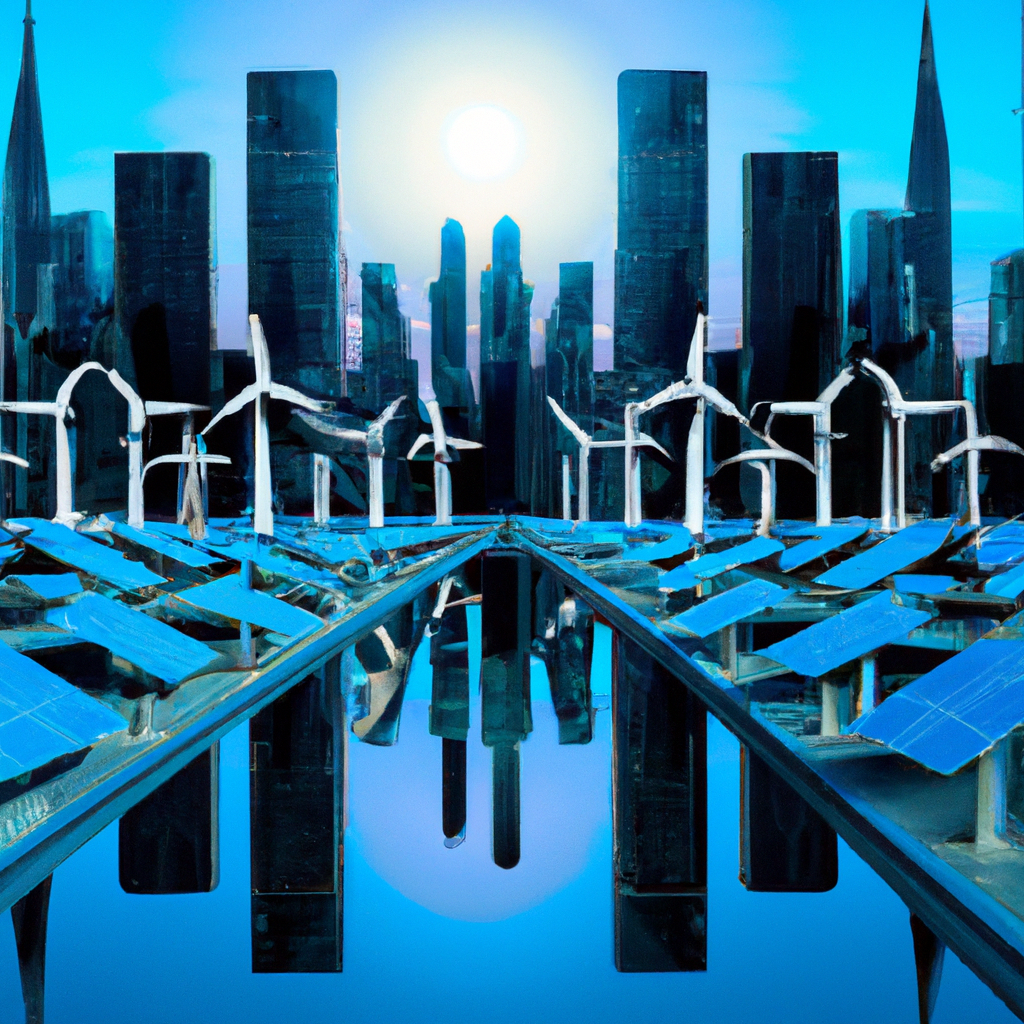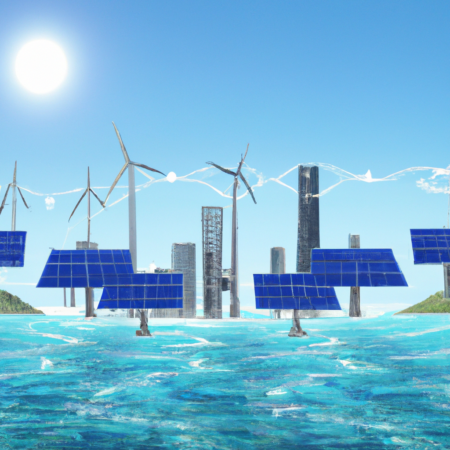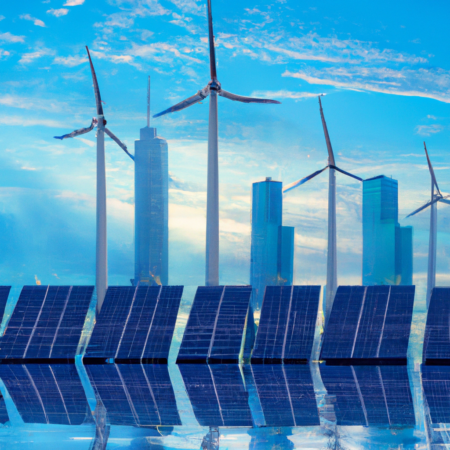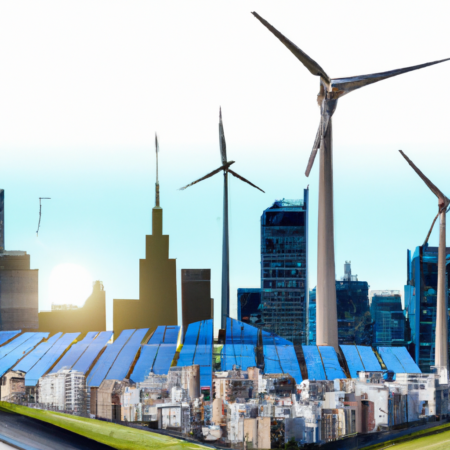Harnessing the Shift: Renewable Energy Trends in 2025
As we move deeper into the decade, the global energy sector is witnessing profound shifts towards sustainability and renewable sources. This transition is fueled by both technological advancements and policy-driven initiatives aimed at reducing carbon footprints and combating climate change.
Technological Innovations in Renewable Energy
Innovative technologies like advanced solar photovoltaics, wind turbine enhancements, and breakthroughs in bioenergy are setting the stage for a cleaner energy future. These technologies not only promise higher efficiencies but are also becoming more cost-effective, challenging the economic viability of traditional fossil fuels.
Policy and Global Commitments
Numerous countries have revised their energy policies to support renewable energy growth. The introduction of carbon pricing and subsidies for green technologies are significant steps toward achieving the ambitious targets set by the Paris Agreement.
Impact on Economy and Employment
The shift towards renewable energy is not just a necessity for environmental sustainability but also a catalyst for economic transformation. The renewable sector is expected to create millions of jobs, from manufacturing to installation and maintenance of energy systems.
Challenges and the Road Ahead
Despite the optimism, the transition faces challenges such as energy storage, grid integration, and the need for substantial investments in infrastructure. Overcoming these hurdles requires coordinated efforts between governments, the private sector, and consumers.
Conclusion
As 2025 progresses, the trends in renewable energy are promising and indicate a shift towards a more sustainable and energy-secure world. The focus now should not only be on adopting new technologies but also on ensuring that the transition is just and inclusive for all stakeholders.






